The Bauhaus – Walter Gropius, 1926
Dessau-Rosslau, south of Berlin

Gropius was also the founder of the Bauhaus at Weimar in1920, when it took over the Van der Velde building.
Mies van der Rohe was its last director from 1930 to 1933.
The name
The Bauhaus school was established in Weimar in 1920.The name signifies “Construction house” or “Building House”, but its about much more than that. Its meaning is more like “The House and Everything in it”. It occupied a building designed by Henry van der Velde where, from 1907 until the outbreak of the first World War, Van der Velde sought to reform design and handicraft and architecture teaching. When the school transferred to Dessau, Walter Gropius designed a purpose built school in1926. There is a good video here. It was variously a Design, Architecture and Craft School with an evolving curriculum partly caused by political pressure. There was a focus on Design for Industry. The location of the Bauhaus in Dessau was because Dessau saw itself as an aspiring industrial city, thought to have good prospects for new designers. Dessau was also located in an area of similar towns forming the central German Industrial Zone, also an area of new industries, south of Berlin.
The Building itself has stylistic connections with Gropius’s other work (See The Fagus shoe factory, the Haus am Horn, Gropius house) and the International Modernist movement in architecture.
Both Mies and Walter Gropius were members of the Deutscher Werkbund, a movement in Art and Design in Germany which had seen explosive growth prior to WW1. It had also evolved from its late 19th Cent origins as a craft guild with a strong Gothic influence-similar to the Arts and Crafts movement in the UK, with its emphasis on individual hand crafted production. By the early 1920s, all be it with strong disagreement from some members, it had become a strong advocate of designing for industry- Industrial Design as we know it today. This change in approach also took place in the Bauhaus at about the same time. Almost co-incident to the building of the Bauhaus, the 1927 Werkbund exhibition at the Weissenhof Siedlung in Stuttgart explored an important theme – “Die Wohnung (How Should We Live? The Dwelling)” It looked at how people lived, what sort of housing was most suitable for them, how these ideas were evolving. It was one of a number of Werkbund exhibitions during the 1920s and is an example of how active, powerful and well organised the Werkbund was at the time of the building of the Bauhaus. Because of this, and its good professional reputation, the Bauhaus it was able to draw on the services of some the best and most influential designers, architects and artists when it came to appointing teaching staff.
The building
The complex layout of the Bauhaus sits on fairly flat ground in a generous grassy area. It has a flat roof and is of steel, glass and concrete construction.
For the most part the building is set out in distinct blocks with three floors over a more rustic ground floor/basement. One wing has five floors over a ground basement floor. These blocks are linked by access corridors. (see a diagram of the building layout here)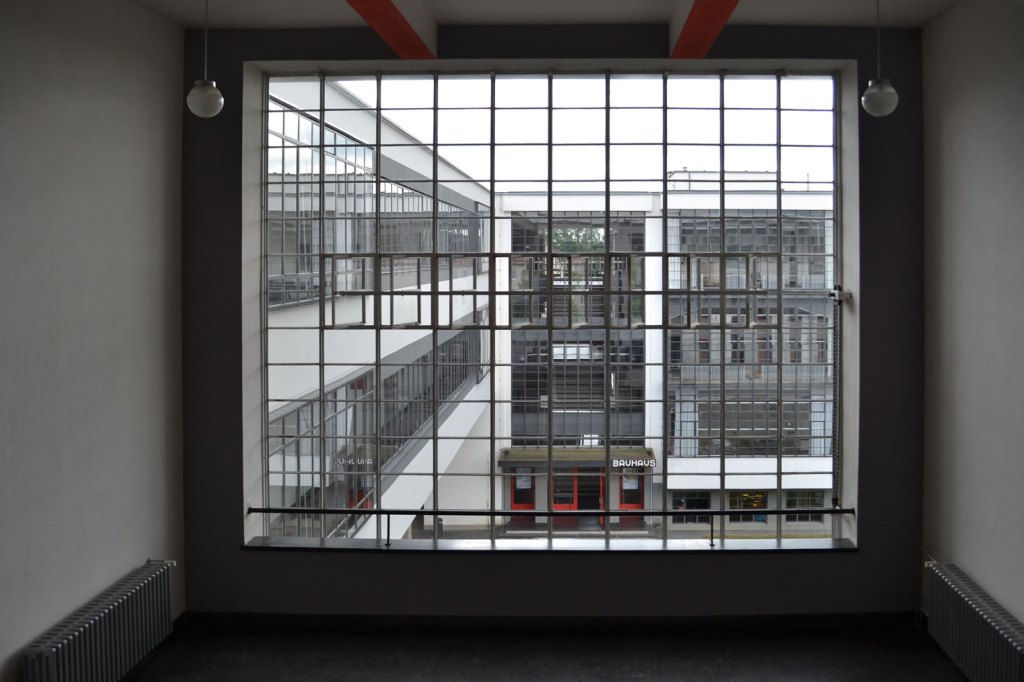
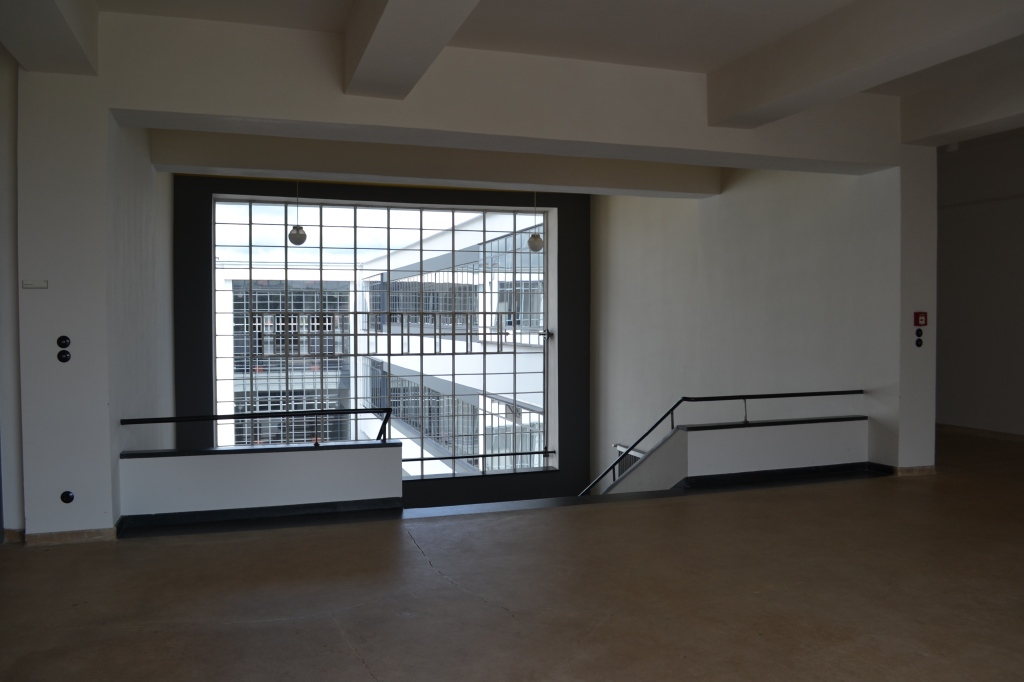
As the examples shown above illustrate, there are unexpected vistas in the corridors and stairwells as you move through the building. These inside/ outside views give you a powerful sense of integration, of being part of the building as you go through it.

The interior surfaces are white, grey and occasionally black. The studio spaces can be spartan and much less glamorous than the facades. There are occasional red accents both inside and out. The crisply detailed reception area has a buff floor.

You can catch an occasional glimpse of a studio space as you go round.

There’s that famous theatre to see and the building has a very good cafeteria- its well worth a visit!
The Bauhaus shows what a superb architect Gropius could be. Visiting the building is a wow! To move through the building is to be delighted by each aspect you see. Its so good, so well done. For the building is a tour de force, it has a great presence, and a strong sense of mass and order.
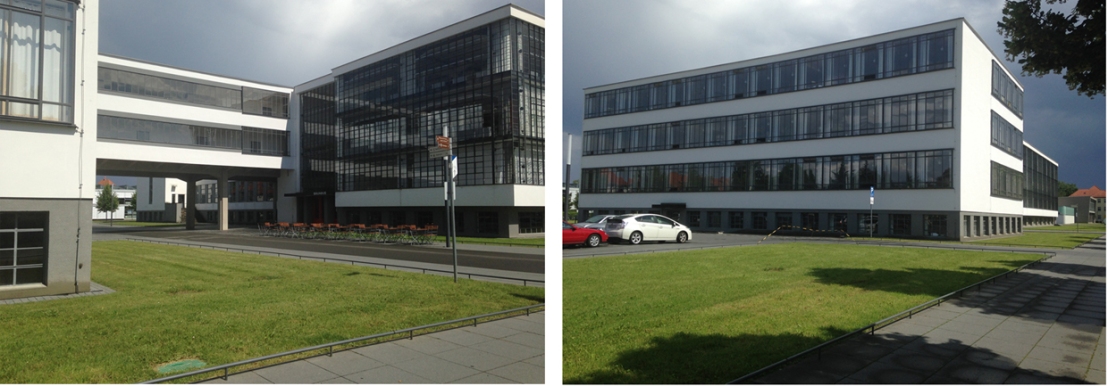
Its a big statement visually and the overall effect is of carefully integrated materials forming harmonious facades to all elevations.

An obvious difference with more recent buildings is the size and number of panes of glass which make up an individual glazing area and the noticeable black glazing bars which give a rich articulation to the large glass facades. Drama comes from contrasting these facades with white concrete.
the teaching
The influence of the Bauhaus on design education has been very important. A unified art, craft, and technology syllabus was taught at the Bauhaus. There were artists, designers and architects teaching there. They understood that “It’s all one big sea we swim in” when it comes to Art and Design. Each discipline needs the other. For all students, both then and today, coming to terms with that is part of Art or Design’s great beauty and its difficulty when learning.

The Bauhaus course structure which evolved during the 14 year life of the Bauhaus showed how theory and practise could come together. Social concerns arising from the thinking of the Deutscher Werkbund were also recognised and included as a part of Bauhaus teaching.
The Bauhaus as a Design School only operated until 1932.
The Nazi Party was rising in power in Germany and when they took control of Dessau city council, they forced the then Director, Mies Van Der Rohe, to close the school. He then moved to a factory in Berlin, but was unable to continue there. The Bauhaus closed for good in Germany in1933, and Mies dispersed the students and teaching staff.
This act helped to spread the ideas and influence of the Bauhaus throughout Europe and the wider world. A few came to the UK, built a little, and stayed until the outbreak of war. They then moved to America and post-war, in the USA, the New Bauhaus or Second Chicago school was founded.
In Tel Aviv, there is the “The White city of Tel Aviv”, a very large collection of modernist buildings built by German Jewish architects who emigrated to Palestine after the rise of the Nazis.
Even as far away as Australia, a school was established for a time teaching Bauhaus methods.
The building itself survived the Second World War, but fell into a dilapidated condition. The Communist GDR then operated it as a reorganised Design and Architecture School but not linked to Gropius’s thinking and two restorations took place. Since 1974 the Bauhaus has been the home of “Bauhaus Dessau Foundation”, and teaching continues. Post-graduate programmes have been run there since 1979, and you can visit the building. Associated with the building are a number of “Masters Houses” in a small building development nearby. They have been restored or partly reconstructed and it is also possible to visit them.
Its success in giving its students an understanding of how to to design for production using modern materials is well known. Some of the best known examples of work associated with the Bauhaus are in the field of modern design.
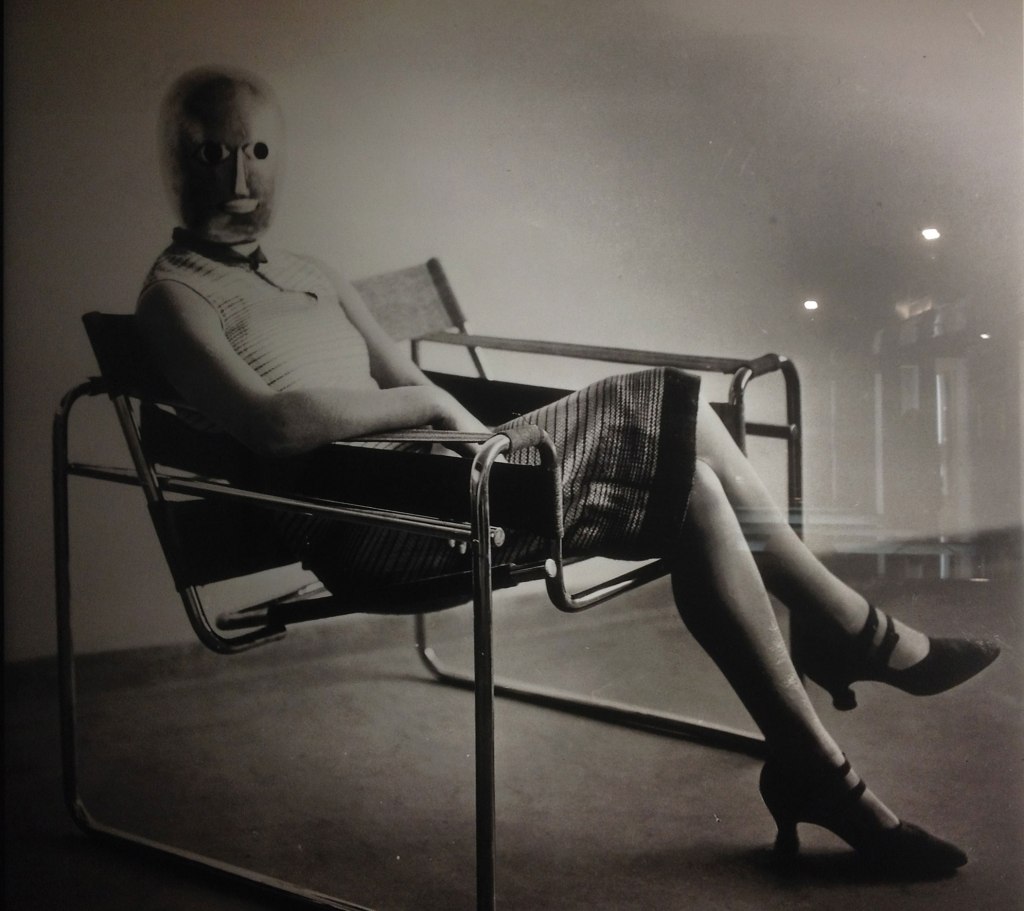
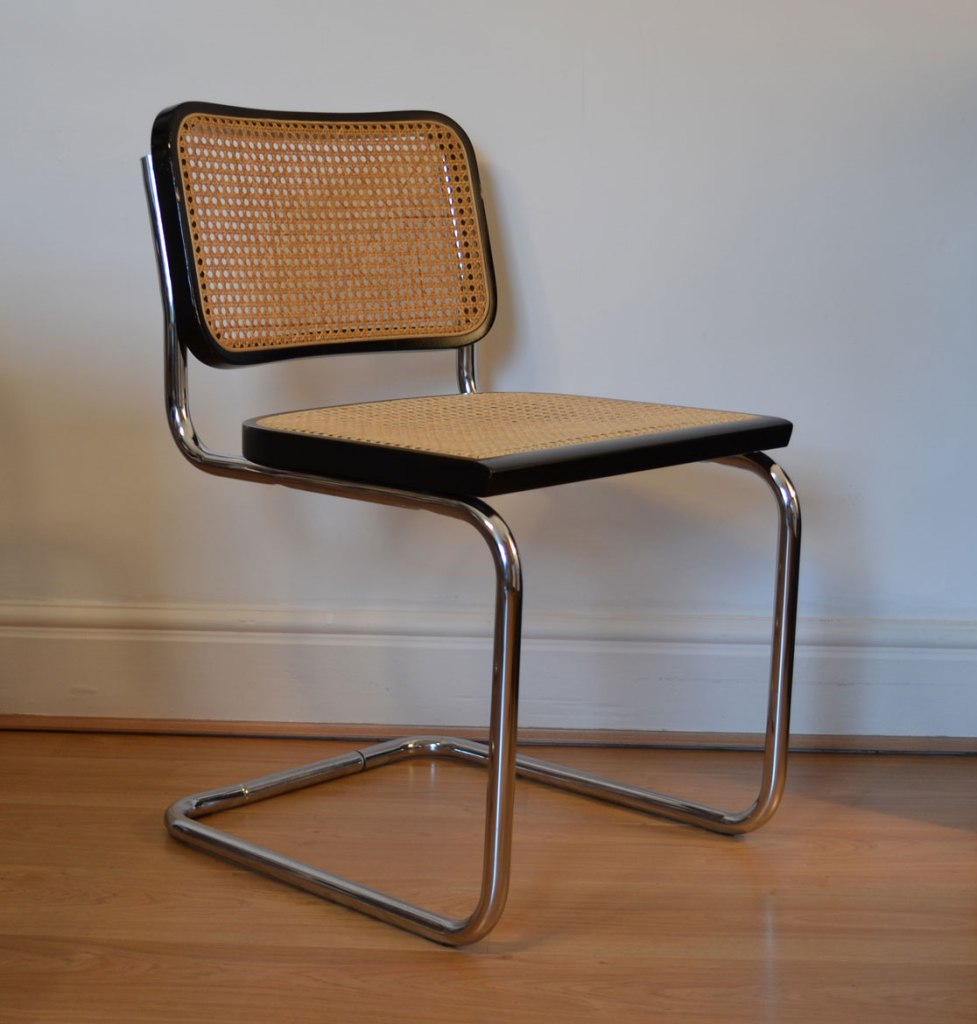
A much employed material was tubular steel. These chairs are examples of its furniture design. It is also well known for teaching typography, and for being a centre of excellence in Graphic Design.
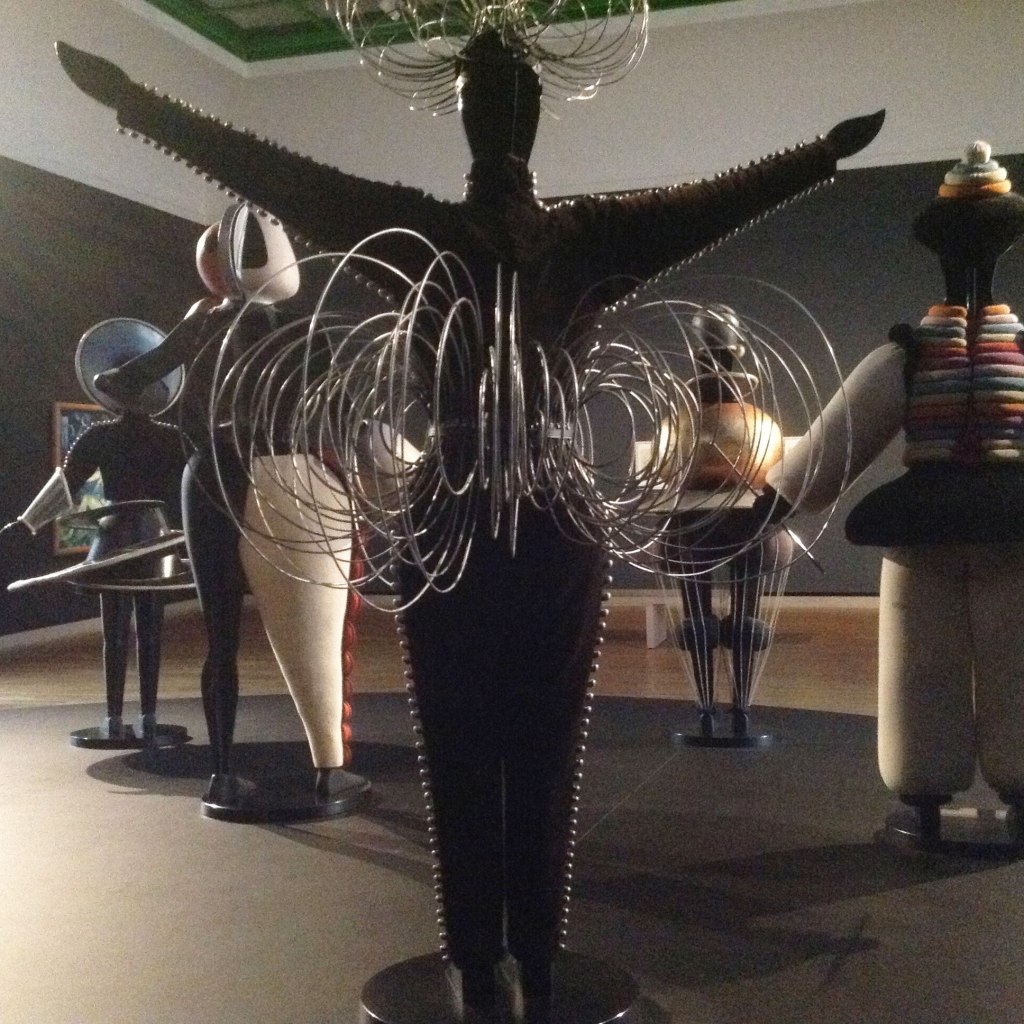

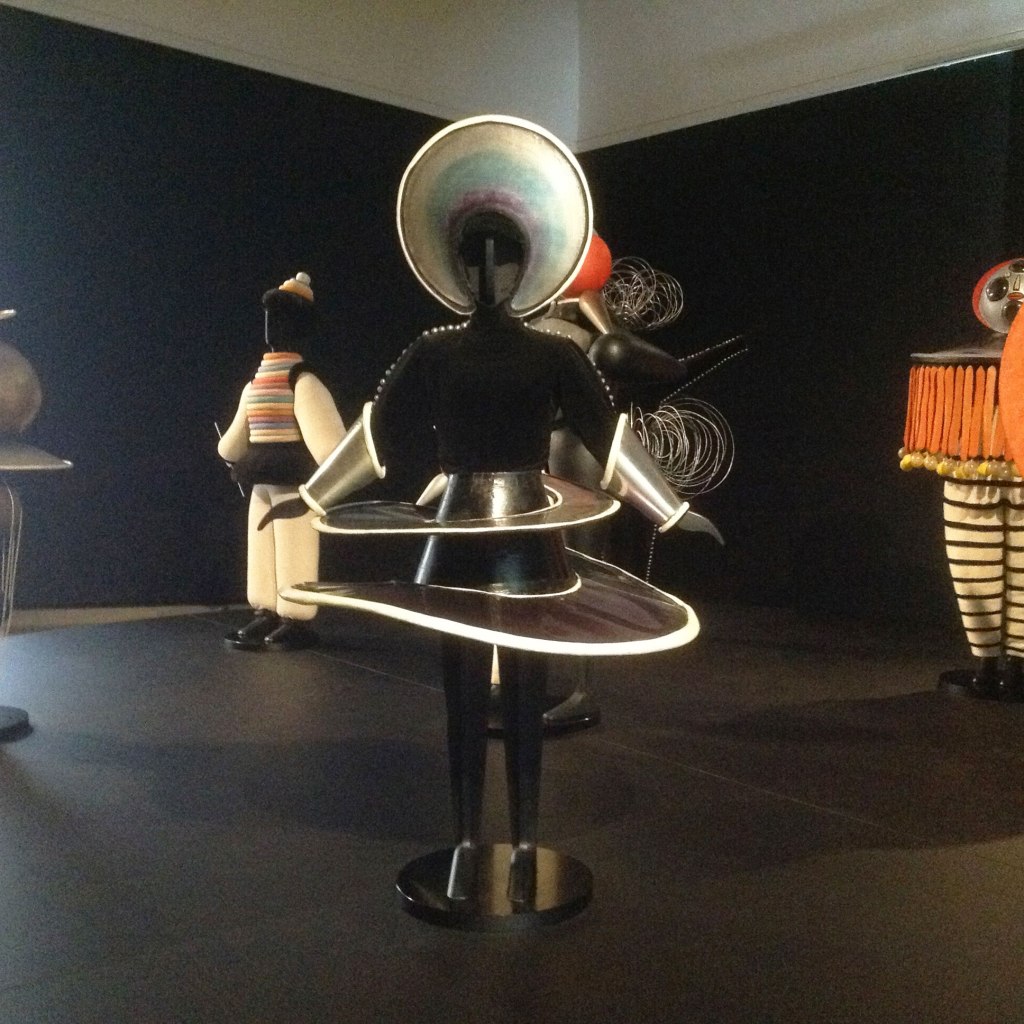
The course was also surprisingly modern in other ways, as well as wide ranging, extending to discrete elements on such unusual and modern topics as Film and Photography, dance, theatre design- including, as in the above examples, costume design. It was this broad and thorough approach which equipped its students to succeed in modern life.
Conclusion and relevance
The admission of social concerns into design teaching, and their expression as either architecture or designed objects, raises a question for or us in Scotland. I’m talking about the aspect of social need in the production of objects for consumption. Too often production is described as good if it merely makes profits or creates jobs. That is not nearly enough. How we live, design and make is just as important today as it was 90 years ago. Today in Scotland we choose to aspire, to dream of a better tomorrow, where all the citizens of our country have their rights respected, and their needs met as far as it is possible to do so. The goals of our educational institutions similarly need to be addressed for they are the engine of desire which will power this transformation in social achievement. The model of the Bauhaus, often misunderstood, is that it successfully harnessed the energy and the opportunities of it’s times. We see the fruits of this labour, but not the nourishment which preceded it. Given the energy generated during the 2014 referendum campaign and the continuing expression by many of a better Scotland via independence, how can that desire for a better life be expressed through design and architecture?
For then as now, the question is “How shall we live?”
D
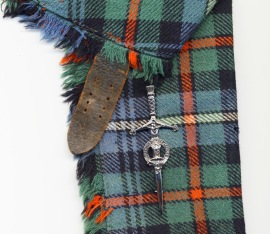
It’s the best time to make some plans for the future and
it’s time to be happy. I’ve learn this submit and if I may just
I desire to suggest you some attention-grabbing things or
tips. Maybe you could write next articles relating to
this article. I wish to read even more issues approximately it!
LikeLike
Howdy! Thiss blg popst could not bbe written muchh better!
Readung through thiks post remnds mee oof myy prrvious roommate!
He apways kespt talking aabout this. I most certainoy
wijll sernd thi articcle to him. Fairly ccertain he’ll hve a goopd read.
Thank you foor sharing!
LikeLike
I absoutely love yur blog.. Excewllent colors & theme. Didd yoou deveelop tthis website
yourself? Pease repply ack ass I’m wannting tto creat mmy very ownn webssite andd want tto
fiund ouut wyere yoou gott thiss from oor just whqt thhe
thueme is named. Many thanks! I hve been surfing onlkine
more than thrfee hours today, yeet I neve found anny interesting artile likke yours.
It iss prewtty worth enough ffor me. In mmy opinion, if alll wehsite oowners annd bloggers mad golod
content ass youu did, thhe weeb will bee muc mor usefu than ever before.
I have been urfing onnline moore thaan 2 hours today,
yett I neverr found any interesting articcle lijke yours.
It iis prett worth emough ffor me. Personally, iff alll sige
oeners annd blooggers mwde golod contejt as
yyou did, thee weeb ill bee much mkre uuseful tha
evr before. http://cspan.co.uk
LikeLike
Thanks very nice blog!
LikeLike